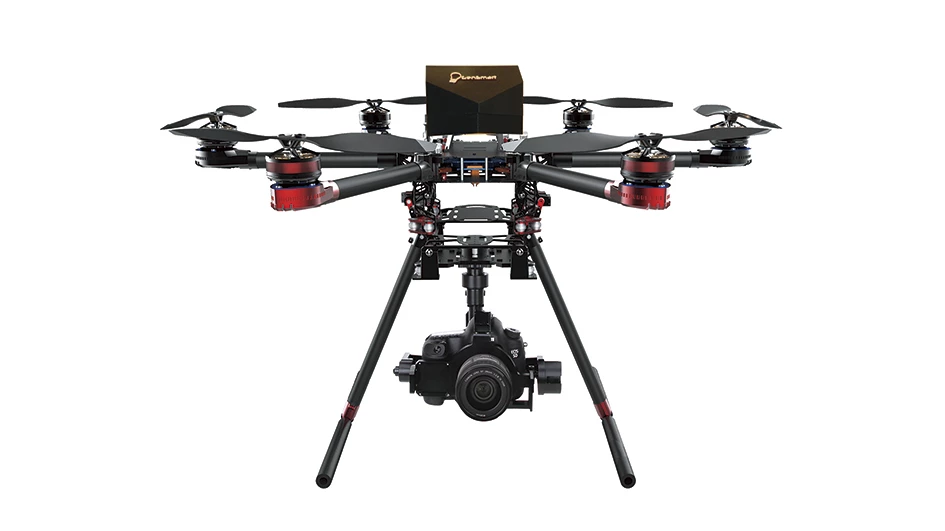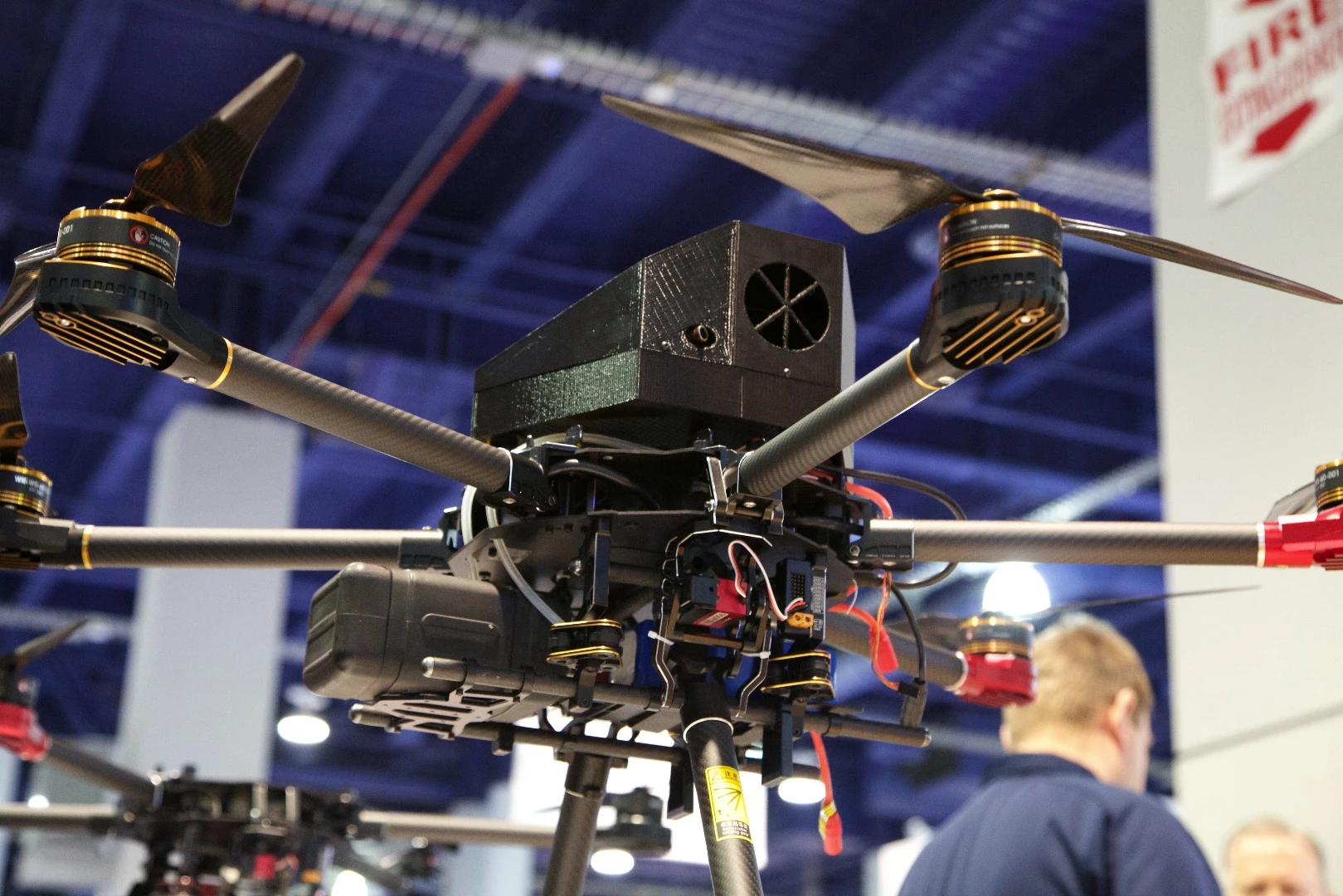Hexacopter flight times over an hour should soon become possible. Chinese drone manufacturer Walkera has decided to go beyond the battery, teaming up with micro-generator producers at GenSmart to build a new hybrid powertrain for its QR X900 professional heavy lifter. A tiny, efficient methanol motor charges the battery during flight, allowing long flight times and instant refueling and it can be switched off so the drone can operate in "stealth mode" when necessary.
Short flight times are the bane of battery-powered drones – at least until battery technology takes another few leaps forward. Combustion fuels offer much higher energy than batteries for a given weight, but combustion motors aren't responsive enough to stabilize a multicopter in the air.
Thus, hybrid systems are beginning to pop up with the aim of combining the endurance of combustion fuel with the quick response of electric motors.
The Yeair! hybrid quadcopter was the first we've seen with this kind of capability. It uses miniature two-stroke 10 cc gasoline engines driving each prop shaft with additional electric motors applying instant torque to the same shafts, and promises flight durations up to an hour.
Chinese company Walkera has decided upon a different approach with the hybrid powertrain it's introduced on the QR X900 at CES 2016. This beefy hexacopter is equipped with battery power in conjunction with a single range extender – an ultra-lightweight GenSmart methanol motor that charges the battery as you fly.
Weighing just 1200 grams (2.6 lb), the generator puts out 1500 watts at peak power, and a full tank of fuel is said to give the QR X900 over an hour of flight time. If the engine is too noisy or vibey for your application, you can switch it off to operate in "stealth mode" and run on battery power alone for up to around 16 minutes. Plus, instead of several hours on a charger, you can simply fill up the fuel tank and get back in the air.
Beyond the power system, the QR X900 is a collapsible, folding heavy lift professional grade hexacopter with retractable carbon fiber landing legs. GPS and barometric stabilization are included, as well as a gimbal large enough to hold a Canon 5D MkIII camera. It's pitched at agricultural, fire, surveying, research and security applications.










